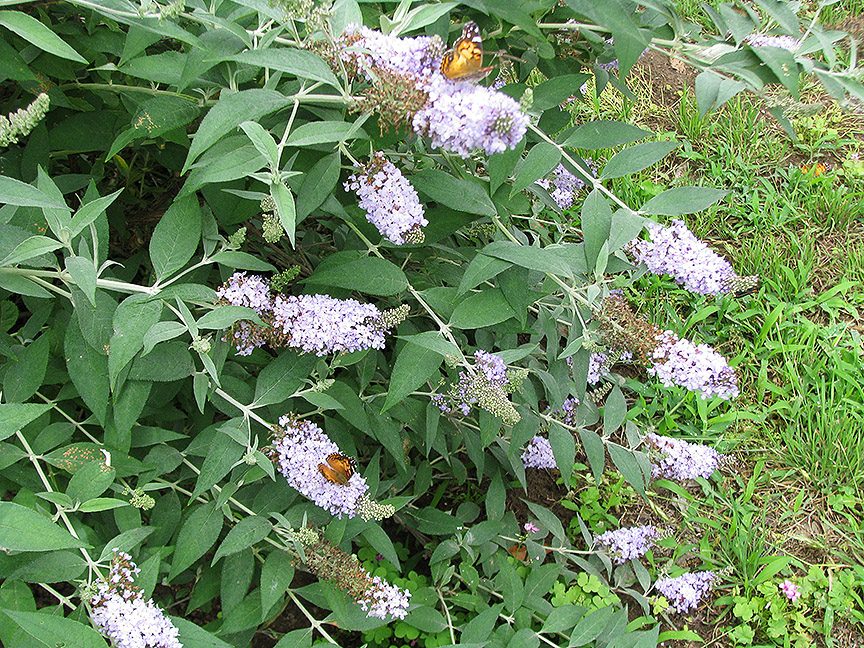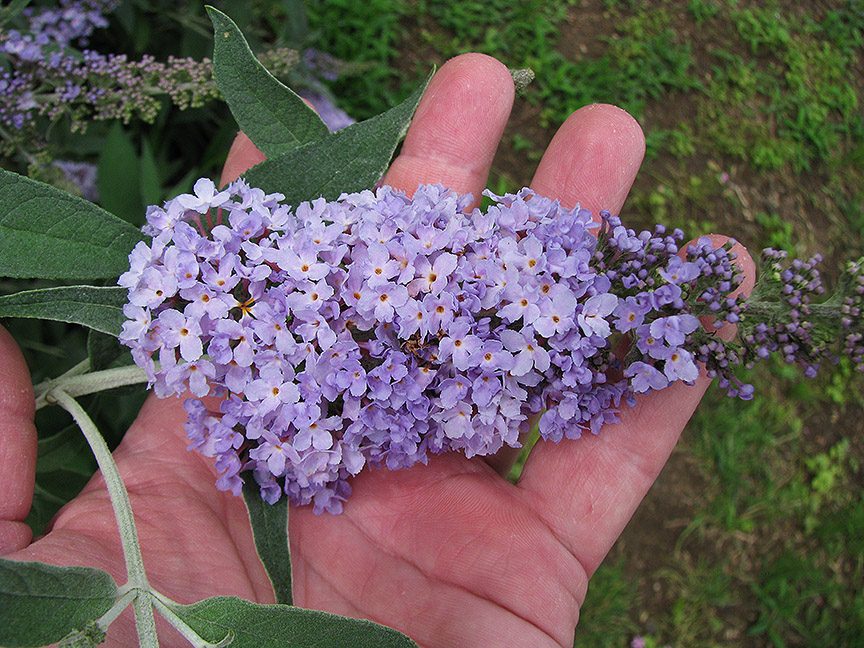Page 1 of 1
Papilio glaucus (dark form/non-typical)
Posted: Tue Jun 14, 2022 6:21 pm
by Trehopr1
Here is a photograph of a friends personal
"wild collected" (dark form/non-typical)
Papilio glaucus (female).
This non-typical aberration is unique for its
extensive/bold (light blue) coloration with
bold red cells at the top corners of the hindwing.
Additionally, the yellow cells located at the
scalloped edges of the hindwings are also quite
bold/prominent (in contrast); and ending with
an (additional) smaller red spot at the bottom
scallop.
Easily, one of the grandest natural occurring
aberrations that I ever known someone to personally
collect in field !

Re: Papilio glaucus (dark form/non-typical)
Posted: Tue Jun 14, 2022 8:21 pm
by daveuk
Trehopr1 wrote: Tue Jun 14, 2022 6:21 pm
Here is a photograph of a friends personal
"wild collected" (dark form/non-typical)
Papilio glaucus (female).
This non-typical aberration is unique for its
extensive/bold (light blue) coloration with
bold red cells at the top corners of the hindwing.
Additionally, the yellow cells located at the
scalloped edges of the hindwings are also quite
bold/prominent (in contrast); and ending with
an (additional) smaller red spot at the bottom
scallop.
Easily, one of the grandest natural occurring
aberrations that I ever known someone to personally
collect in field !

Unsurprised you wax lyrical about this specimen. It is without doubt the best P glaucus specimen I have ever seen. Absolutely stunning.
Re: Papilio glaucus (dark form/non-typical)
Posted: Tue Jun 14, 2022 9:15 pm
by adamcotton
daveuk wrote: Tue Jun 14, 2022 8:21 pm
Unsurprised you wax lyrical about this specimen. It is without doubt the best P glaucus specimen I have ever seen. Absolutely stunning.
I agree entirely, an amazing specimen.
Adam.
Re: Papilio glaucus (dark form/non-typical)
Posted: Tue Jun 14, 2022 9:57 pm
by eurytides
Re: Papilio glaucus (dark form/non-typical)
Posted: Tue Jun 14, 2022 10:55 pm
by livingplanet3
Indeed - a
very nice specimen! I usually see at least several dark form glaucus females each year. Few of them are in very good condition however, so I don't usually collect them. Like most of my other local swallowtails, they're strongly attracted to Buddleia flowers. Here are some photos of one of my light blue cultivars, which in my experience, has proven to be one of the hardier varieties -


In North TX, these bloom from late May through mid-November (if the weather stays warm enough into autumn).
Re: Papilio glaucus (dark form/non-typical)
Posted: Wed Jun 15, 2022 3:12 am
by 58chevy
Trehopr, I see lots of dark female P. glaucus where I live, but nothing I've seen is as impressive as that specimen. Thanks for sharing.
Re: Papilio glaucus (dark form/non-typical)
Posted: Wed Jun 15, 2022 6:27 am
by daveuk
livingplanet3 wrote: Tue Jun 14, 2022 10:55 pm
Indeed - a
very nice specimen! I usually see at least several dark form glaucus females each year. Few of them are in very good condition however, so I don't usually collect them. Like most of my other local swallowtails, they're strongly attracted to Buddleia flowers. Here are some photos of one of my light blue cultivars, which in my experience, has proven to be one of the hardier varieties -


In North TX, these bloom from late May through mid-November (if the weather stays warm enough into autumn).
I agree that Buddleia is one of the best plants for attracting butterflies. This variety in my garden here in North Wales in the U.K. is called Royal Red & is particularly good for nymphalids. Inachis io, Aglais urticae & Polygonia c-album.
Sadly no Swallowtails fly in my part of the world.
Re: Papilio glaucus (dark form/non-typical)
Posted: Wed Jun 15, 2022 12:11 pm
by Chuck
That is just a wonderful specimen, exhibiting extensive coloration all in one exhibit.
I have specimens with extensive blue HW, with the blue up the FW, with red spots like that on the HW, and with yellow in the discal cell. And some with more than one of those characteristics. But none combine all of those attributes into one to that extent. It's such a minor difference measured in millimeters, but what a difference it makes.
Re: Papilio glaucus (dark form/non-typical)
Posted: Wed Jun 15, 2022 8:23 pm
by livingplanet3
daveuk wrote: Wed Jun 15, 2022 6:27 am
I agree that Buddleia is one of the best plants for attracting butterflies. This variety in my garden here in North Wales in the U.K. is called Royal Red & is particularly good for nymphalids.
I have a Royal Red, but unfortunately, it's not done very well for me. I'm not sure if it's just getting too much sun, or perhaps the soil isn't right for it, or if there's some other reason for its failure to thrive. It's been in decline for the past couple of years, and I really don't expect it will survive this summer. For some reason, I've only really been successful with
blue cultivars of Buddleia, especially these two -
https://www.missouribotanicalgarden.org ... profile=0&
https://www.missouribotanicalgarden.org ... nid=243238
daveuk wrote: Wed Jun 15, 2022 6:27 am
Inachis io, Aglais urticae & Polygonia c-album.
Sadly no Swallowtails fly in my part of the world.
Those are some beautiful Nymphalidae.
Re: Papilio glaucus (dark form/non-typical)
Posted: Wed Jun 15, 2022 10:27 pm
by daveuk
Thanks for that info. Think Buddleia originate from China. They seem to do well in poor soil. I have seen self seeded ones here in the U.K. growing out of walls on derelict buildings where there appears to be no soil at all!!
Re: Papilio glaucus (dark form/non-typical)
Posted: Wed Jun 15, 2022 10:35 pm
by adamcotton
Yes, Buddleia davidii is native to central China, and the genus probably originated in the region.
Adam.



